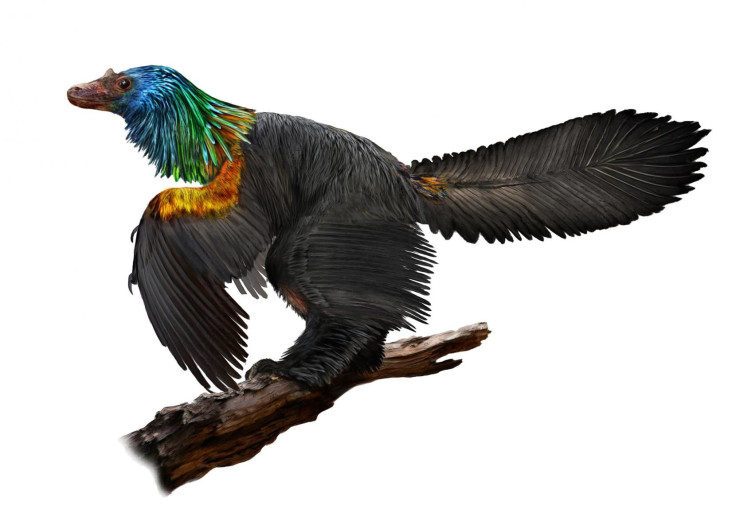Dinosaur Bones In Australia: 180-Million-Year-Old Fossil Shows 'Hair-Like' Feathers

A new discovery in Australia is being regarded as the first evidence to prove the existence of feathered dinosaurs in the southern polar region. Scientists made the discovery after coming across fossilized feathers from birds and dinosaurs.
The historic discovery was made in the Koonwarra Fish Beds Geological Reserve, which is located about 145 kilometers from Melbourne. As the scientists were going through the area, they came across fossilized feathers in the muddy sediments of a shallow lake.
According to the scientists, the site where the fossils were uncovered used to be close to the South Pole during the time of the dinosaurs. Although feathered dinosaurs were known to exist in various regions, paleontologists have yet to find concrete traces of them in the Southern Hemisphere.
For the scientists, their latest discovery shows how dinosaurs relied on their feathers to survive in the harsh conditions of the polar region.
Unlike the structure of modern birds’ feathers, which is characterized by interlocking branches, the feathers of the ancient animals had hair-like properties. Scientists believe this provided better insulation for the dinosaurs.
"Dinosaur skeletons and even the fragile bones of early birds have been found at ancient high-latitudes before,” lead scientist Benjamin Kear of the Uppsala University in Sweden said in a statement. “Yet, to date, no directly attributable integumentary remains have been discovered to show that dinosaurs used feathers to survive in extreme polar habitats.”
"These Australian fossil feathers are therefore highly significant because they came from dinosaurs and small birds that were living in a seasonally very cold environment with months of polar darkness every year,” he added.
Thomas Rich of the Melbourne Museum noted that although fossilized feathers from birds have already been unearthed in Koonwara in the 1960s, not much is known about the discovery because it received little scientific attention.
For their new study, Rich is hoping that today’s technology will shed new light on their latest discoveries in order to get a better understanding of the presence of feathered dinosaurs in the Southern Hemisphere.
"Fossil feathers have been known from Koonwarra since the early 1960s, and were recognized as evidence of ancient birds, but have otherwise received very little scientific attention,” he said in a statement. “Our study is thus the first to comprehensively document these remains, which include new specimens that were examined using cutting-edge technologies.”
A study conducted by the scientists on their discovery was published in the journal Science Direct.
© Copyright IBTimes 2024. All rights reserved.





















